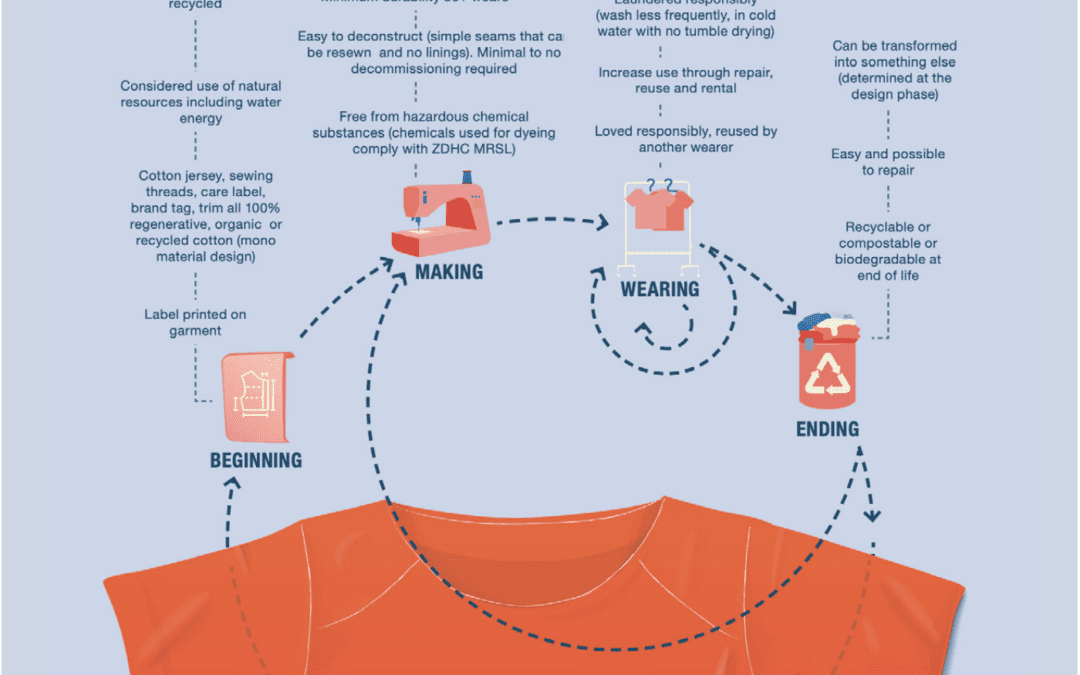A recent report by Monash University’s Sustainable Development Institute (MSDI) has revealed Australians purchase on average an estimated 27 kg of new fashion and textiles each year, twice the global average of 13 kg per person.
The study found this overconsumption makes Australia the second largest consumer of textiles globally, behind the US.
Deputy director of MSDI Professor Rob Raven told Waste Management Review that fashion and textile industries need to become more sustainable.
“This is a hard nut to crack due to international value chains and intimate connections to individual expression and lifestyle,” Mr Raven said.
“But we can no longer afford to ignore the social and environmental impacts and need to find more comprehensive and inclusive solutions.”
MSDI identified seven pathways to facilitate responsibility and sustainability in the Australian fashion and textile sector.
The report called to reduce consumption, ban the destruction of fashion & textiles, invest in education, accelerate government procedures, incentivise recycled materials, regulate textile transparency and support extended producer responsibility.
Founder of The Gong’s Great Clothes Swap Shane Moon said education encourages people to think about what they are purchasing.
“It’s really easy to shut off and think because I can’t see the problem then there is no problem, we need to make [the community] see it.
“Fast fashion makes it too easy for us to get that dopamine hit and that’s part of why this works and why people love clothing,” she said.
Since 2014, the Swap has saved approximately 50,000 items of clothing from becoming textile waste by extending clothing life and minimising textile waste.
Mrs Moon said op-shopping and swapping still give that dopamine feeling but in a more mindful way.
“I find for me op-shopping and the swaps still gives me that dopamine hit, but with a better conscious,” she said.
For the Gong’s Great Clothes Swap upcoming swaps in October and November visit their Facebook page here.
Image sources: MSDI

